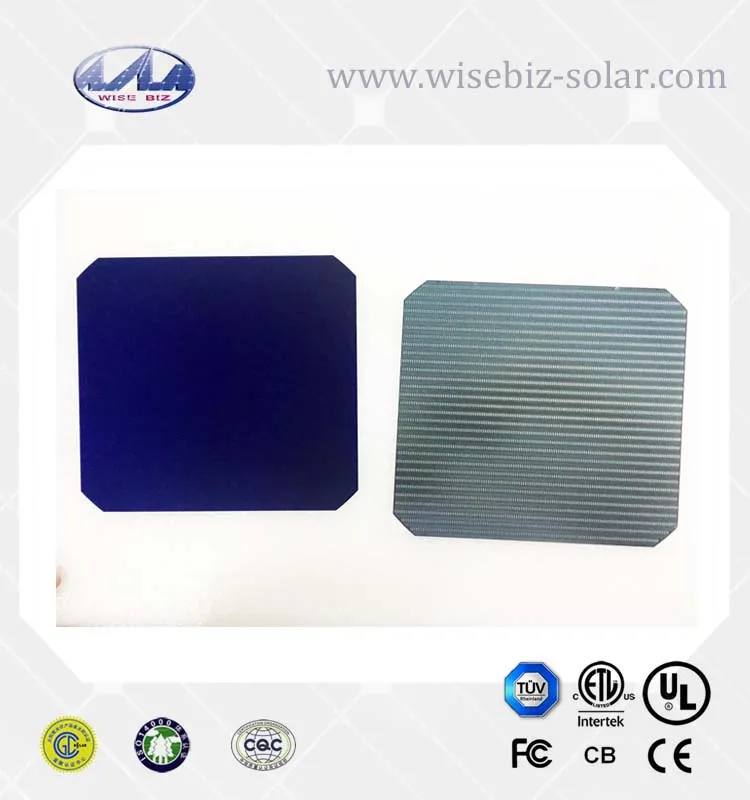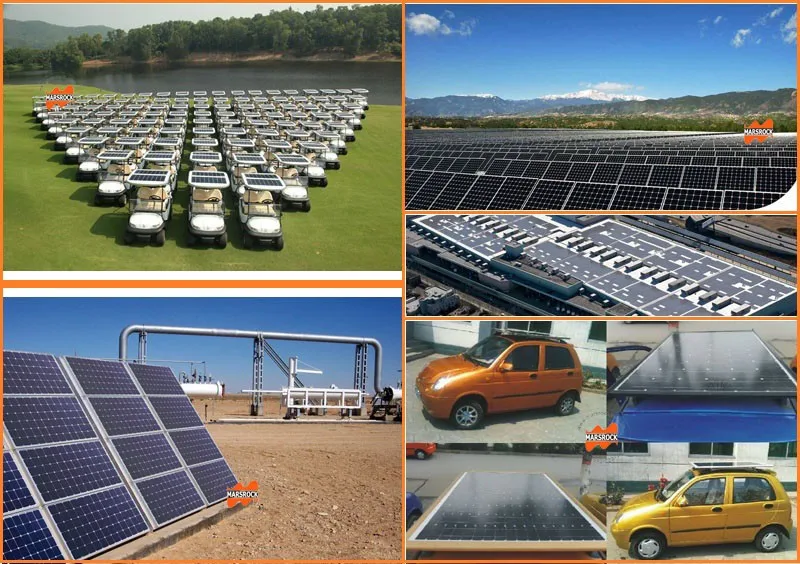

Therefore, a separation of the n-type POLO ( nPOLO) and p-type POLO ( pPOLO) contact fingers is required 25– 29. This is because the high conductivity of the poly-Si does not impede a transport limitation. However, strong recombination occurs if the highly defective p + and the n +-type poly-Si regions touch directly 24.
#ALL BACK CONTACT SOLARCELL SERIES#
The increased lateral conductivity, as compared to amorphous or nanocrystalline layers, enables low series resistances in the case of IBC cells with local contacts. The combination of the IBC solar cell design with passivating contacts has recently demonstrated efficiencies above 26% 21.Īn advantage of POLO junctions is their temperature stability, which implies compatibility with conventional mainstream high-temperature screen-print metallization 22, 23. This Interdigitated Back Contacted (IBC) cell design 20, in which both hole collector and electron collector contacts are placed on the back, completely eliminates shading losses from metal contacts and reduces parasitic absorption in doped poly-Si layers or transparent conductive oxides (in the case of SHJ) on the front side. They enable both, low contact resistances as well as a good passivation quality of the c-Si surface below the metal contacts 13– 17, thus enhancing the contact selectivity strongly as compared to conventional diffused junctions 18, 19.Īnother important aspect to achieve highly efficient solar cells is the interdigitated arrangement of both contact types on the rear side of the cell. The POLO contacts consist of a thin interfacial oxide under a doped poly-Si layer, onto which the metal contacts are applied.

The two approaches for passivating contacts that are mainly used are amorphous silicon (a-Si)/crystalline Silicon (c-Si)- Hetero Junctions (SHJ) and POLycrystalline silicon (poly-Si) on Oxide (POLO) junctions 4– 12. In recent times, passivating contacts in particular have contributed to those efficiency improvements 2, 3. An effective way to achieve this is to increase the energy conversion efficiency of solar cells and modules and thus the energy yield of a PV system. This diffusion has a positive impact on the passivation quality at the c-Si/SiO x/ i poly-Si interface and is thus essential for achieving an independently confirmed efficiency of 26.1% with 30 μm-wide initially intrinsic poly-Si regions.Īn ongoing goal of the photovoltaic (PV) industry, which goes hand in hand with the energy system transformation towards renewable energy sources, is the reduction of the levelized costs of electricity 1. Lateral and depth-resolved time of flight secondary ion mass spectrometry analysis shows that the high-temperature annealing step causes a strong lateral inter-diffusion of donor and acceptor atoms into the initially intrinsic region. By using test structures, it is demonstrated that the width of the initially intrinsic region (( i) poly-Si region) has a strong influence on the recombination current through the p( i) n diode and that this initially intrinsic region needs to be about 30 μm wide to sufficiently reduce the recombination across the p( i) n diode. Two recombination paths are identified: The recombination at the interface between the initially intrinsic poly-Si and the wafer as well as the recombination across the resulting p( i) n diode on the rear side which is aimed to be reduced by introducing an initially intrinsic region. In this paper the impact of the implemented initially intrinsic poly-Si region between p-type poly-Si and n-type poly-Si regions is investigated. By applying an interdigitated back contacted solar cell concept with poly-Si on oxide passivating contacts an efficiency of 26.1% was achieved recently.


 0 kommentar(er)
0 kommentar(er)
